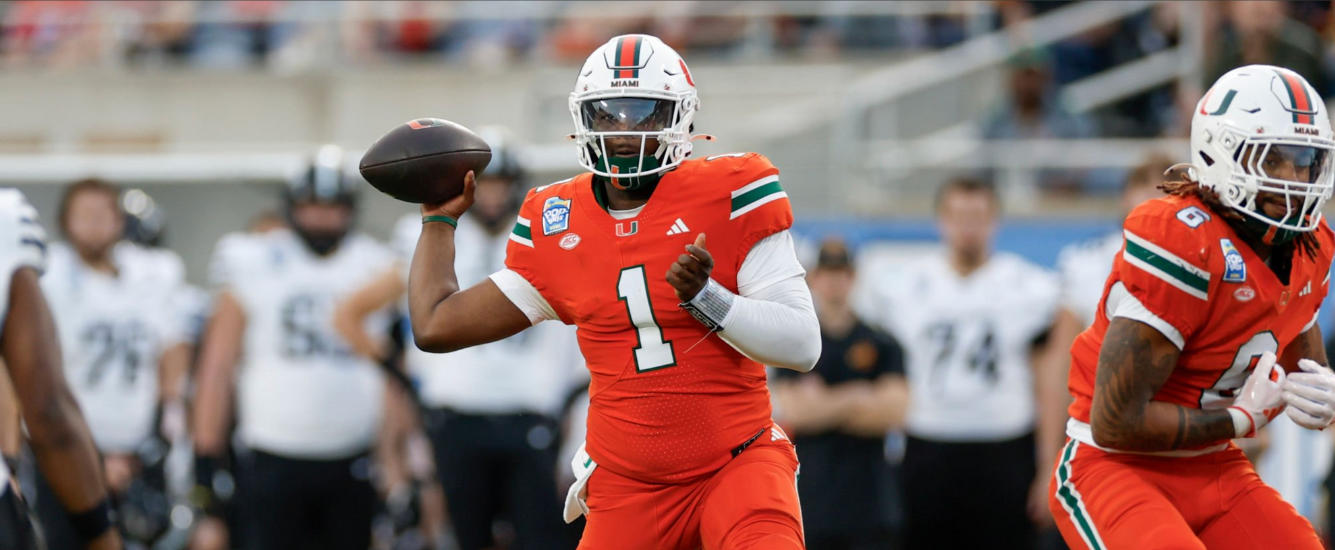Last time, we looked at small gap running backs on two teams with new offensive coordinators to identify undervalued players based on their ADP. Today we’ll cover two more small gap running backs, including a veteran and a younger option. The idea of small gap and big gap RBs comes from Jack Miller’s research on the win and hit rates for big or small gap backs, and from similar research by Charlie Kleinheksel before that.
First, let’s define our terms: B1 and B2 running backs refer to a team’s RB1 and RB2 in backfields where there is an ADP gap of 98.5 or more. Those in backfields with a smaller gap between the RB1 and RB2 are referred to as S1 and S2, respectively.
Historically, B1 and S2 backs have produced the best win rates, but at very different costs. B2 backs have produced average win rates, while S1 backs have historically been the worst performers. Today we’ll focus on small gap RBs who might provide an edge in our fantasy drafts. Although early, we’ll use the FFPC Redraft ADP and identify small-gap running backs.
The ADP market has become more efficient, presenting opportunities to find value at running backs later. Often we’ll discover team backfields with uncertainties, suggesting the market is torn on the talent or opportunity. Let’s look at two small gap backfields to determine which ones to target.
The Browns’ Backfield
Nick Chubb (117.1 ADP – RB38)
Chubb suffered a season-ending injury in Week 2 of the 2023 season, leading to fantasy managers chasing the next man up in the Browns’ backfield. From 2020 to 2022, Chubb was one of the most efficient running backs, ranking in the top 12 in FPOE/G each season. Among running backs with 30 games played, Chubb ranked second, behind only Derrick Henry, in FPOE/G (2020-2022).

Henry dominated the rushing workload, evidenced by his rushing EP/G. Meanwhile, Chubb shared the backfield with Kareem Hunt for most of those three seasons, resulting in a lower rushing expected point total than Henry. Hunt regularly ate into Chubb’s workload in the receiving game, which will likely be one of the knocks against him again in 2024.

With Hunt gone from the Browns’ backfield and Chubb entering Year 7 after a season-ending injury, will Chubb garner more receiving opportunities? It’s not impossible, but it seems unlikely because Jerome Ford garnered an 11% target share from Week 3 to the end of the season compared to Hunt’s 4% share.
However, it’s worth noting the Browns became more pass-heavy without Chubb last season. That’s evident in their 58% pass rate (No. 15) in 2023 (Weeks 3-18) compared to a 53% pass rate (No. 23) in 2022. Chubb’s ADP is the lowest in several seasons coming off the injury. It’s typically not a fruitful bet to bank on a bounceback season for a veteran running back, but at Chubb’s price, he’s still an attractive option. Nevertheless, if you prefer to play a backfield through a younger player, Cleveland provides that opportunity as well.














